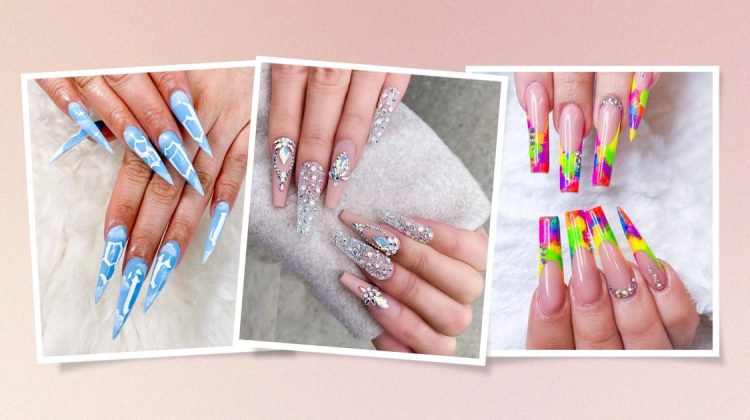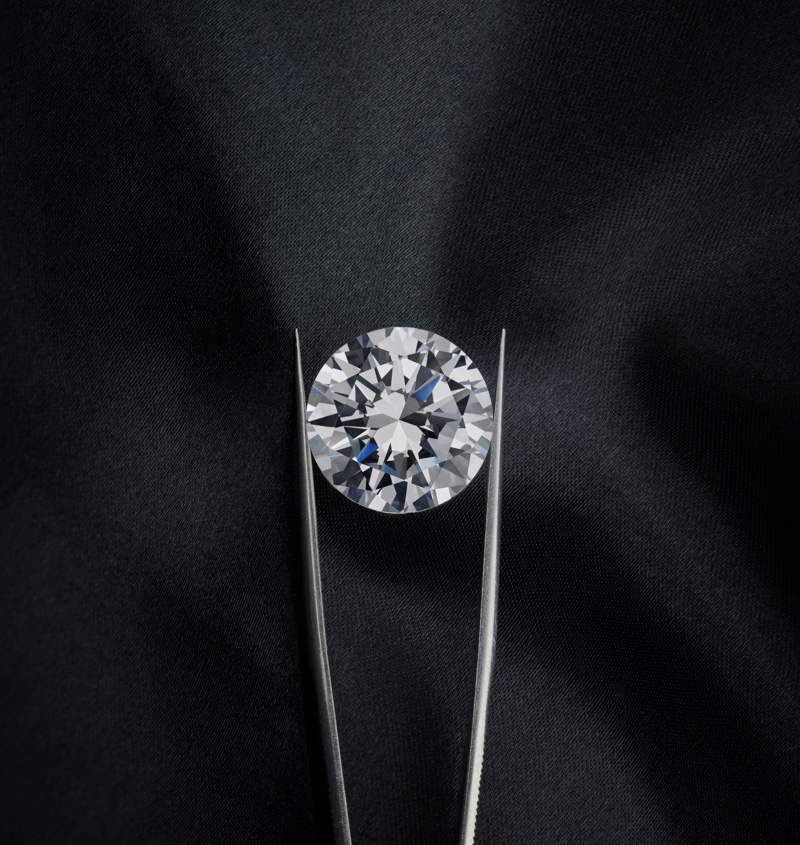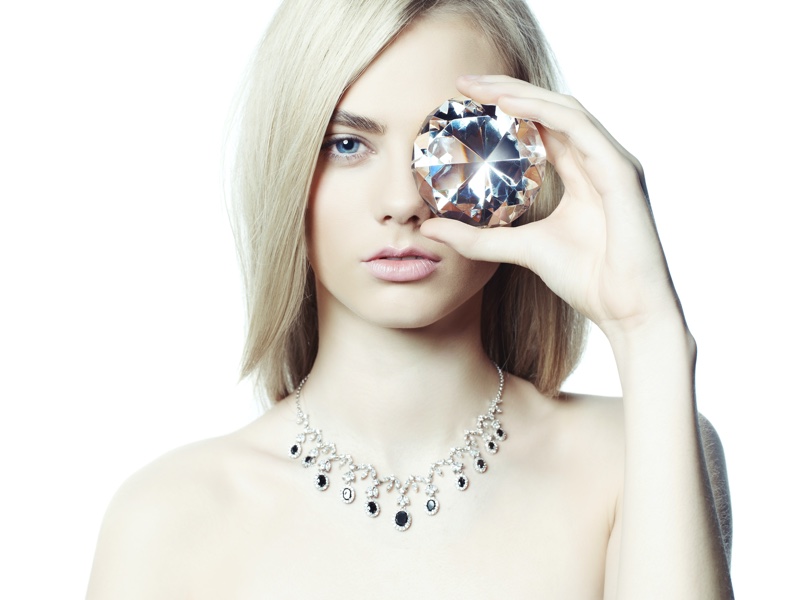
Lab-grown diamonds have grown in popularity over the years. Lately, they have become a go-to choice for not only engagement rings but also other kinds of jewelry. But really, does a lab-grown diamond match up with a mined diamond? Should we consider lab-grown diamonds to be real diamonds?
If these are questions on your mind, then you are at the right place. But first, take a few moments to familiarize yourself with lab-grown diamonds and how they compare with natural diamonds.
What Are Lab-Grown Diamonds?
A lab-grown diamond has been manufactured in a controlled environment, which is usually a laboratory. Natural diamonds, as we know, are mined from miles beneath the earth’s crust in areas rich in them.
Lab-grown diamonds became popular for several reasons. These include the intensive process associated with mining diamonds, the high cost of production, and the environmental and ethical damages mining presents.
Therefore, the goal of lab-grown diamonds is to have a product that would compare with mined diamonds without presenting any of those known challenges.
How Are Lab-Grown Diamonds Made?
Lab diamonds are manufactured by mimicking the processes that occur within the earth’s crust using a controlled set-up in a laboratory. The production process is classified under two distinct methods: High Pressure, High Temperature (HPHT), and Chemical Vapor Deposition (CVD).
High Pressure, High Temperature (HPHT)
In this method, diamonds are grown by mimicking the high pressure and temperature levels that make natural diamonds from within the earth. At the required temperature and pressure, pure carbon would break down and then crystallize to form a diamond.
Chemical Vapor Deposition (CVD)
CVD uses a diamond seed which a newly-grown diamond will build upon. The diamond seed is placed in a sealed chamber filled with carbon-rich gas. A high level of heat, up to 800°C, is applied, which causes the carbon-rich gas to break down. Pure carbon then sediments around the carbon seed and crystallizes to make a bigger diamond.
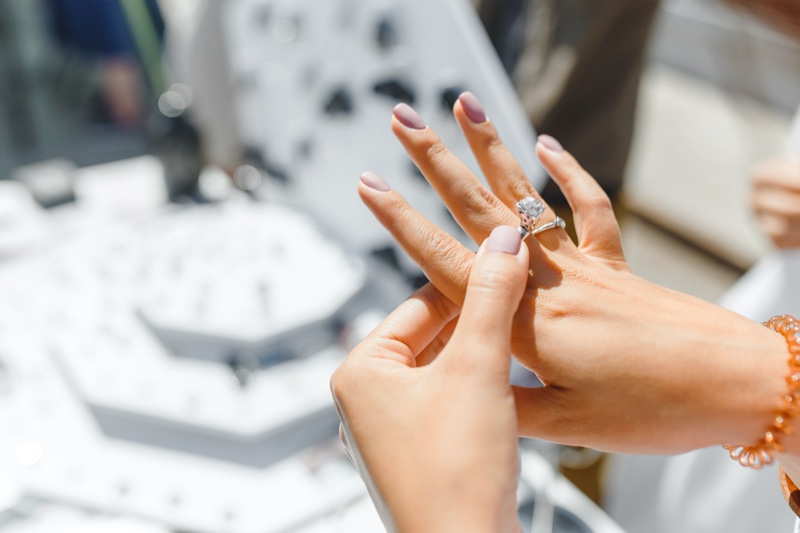
Are Lab-Grown Diamonds Real Diamonds?
Absolutely! Lab-grown diamonds are real diamonds. Although they are not natural, lab-created diamonds are not the same as cubic zirconia or synthetic diamonds, which are made from materials that can depict the characteristics of diamonds to some extent.
Because lab-grown diamonds are made from pure carbon, they possess the same chemical, physical, and optical characteristics as their natural counterparts under the same conditions for which mined diamonds form.
Do you also know that lab-grown diamonds are eligible to receive certification from recognized authorities like the International Gemological Institute (IGI) and the Gemological Institute of America (GIA)? This further proves how authentic lab-grown diamonds are.
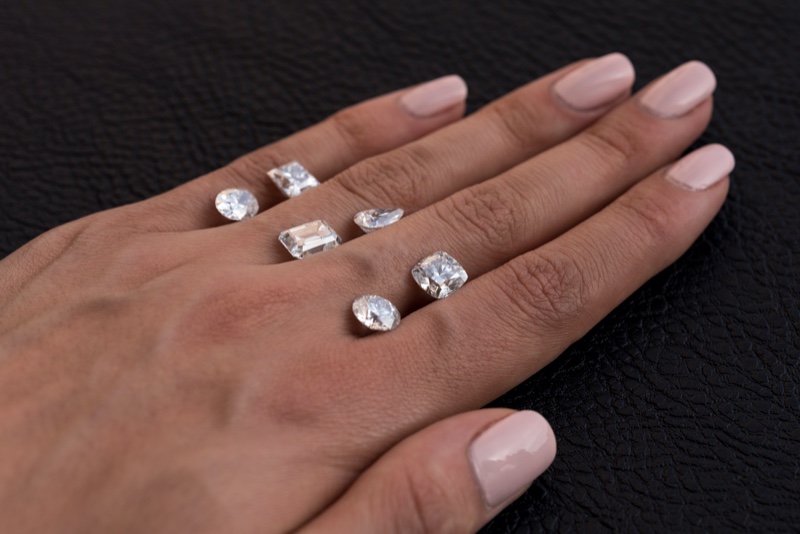
How do Lab-Grown Diamonds Compare with Natural Diamonds?
More than just being real diamonds, lab-grown diamonds do have some qualities that have made them gain recognition over the years. In fact, most consider these benefits an advantage over mined diamonds. Let’s check some of them out:
They are Less Expensive
Let’s cut to the chase. Lab-created diamonds are super affordable. Already, we know that diamonds tick the expensive box in the jewelry section. But if you must go for a diamond and want something that is made of quality yet affordable, you should consider buying a lab-grown diamond. These lab gems cost anything from 10-50% less than the price of a natural diamond with an equivalent carat size.
Buying Lab-Grown Diamonds is an Environmentally-Conscious Choice
We are in the era of conscious consumerism, and yes, it only makes sense to be intentional about how the products we use are sourced. Lab-grown diamonds do not cause land destruction from mining, high energy consumption, or the use of manual labor. Everything is done in a lab under sustainable and ethical conditions.
No one Would Even Know!
Unless you decide to inform your friend or a next-door neighbor that the jewelry you’re putting on was grown in a lab, no one will be able to spot the difference – not with the naked eye. Therefore, you can enjoy the benefits these gems offer without being bothered about what people around you are saying. Besides, chances are your neighbor is also putting on a piece of lab-grown jewelry, and they just didn’t inform you.
Conclusion
While we all may be tempted to think only mined diamonds can offer us the real thing. However, lab-grown diamonds will do just that with some extra benefits to top off. A lab-grown diamond possesses all the chemical, physical, and optical characteristics of a natural diamond and will serve you just as long as a natural diamond will. Now that you know better, you may now begin to take steps toward purchasing a lab-grown diamond.



